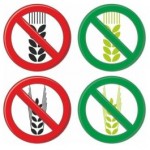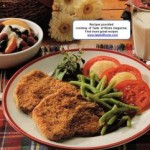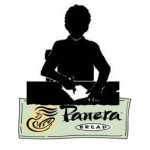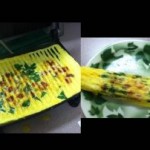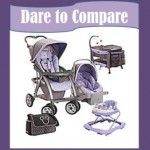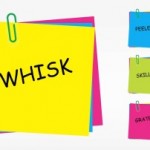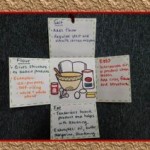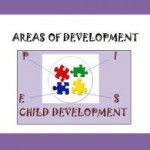
For anyone that is not familiar with the acronym PIES, it stand for the areas of development. P=Physical, I=Intellectual, E=Emotional and S=Social. Just as addition,subtraction, multiplication and division are the foundation for math and the alphabet is the foundation for reading, the PIES are the framework for child development. A child’s development is like pieces of a jigsaw puzzle…each piece is important to the whole puzzle just as each area of development is important to the whole child. When talking about the development of children, it is difficult to discuss the concepts that relate to the whole child without knowledge of the basics. Knowing the PIES helps students to understand the various ways that children grow and develop.

